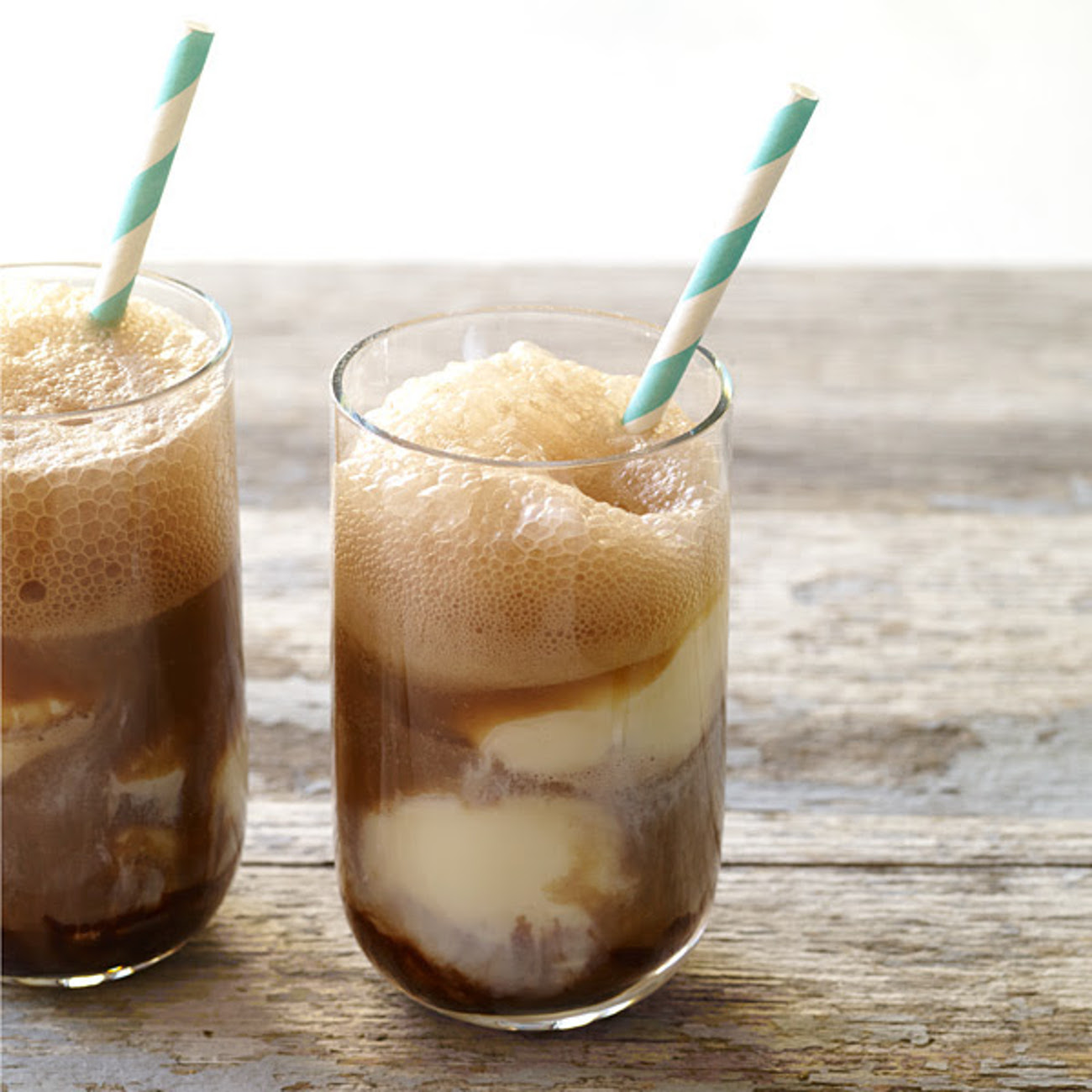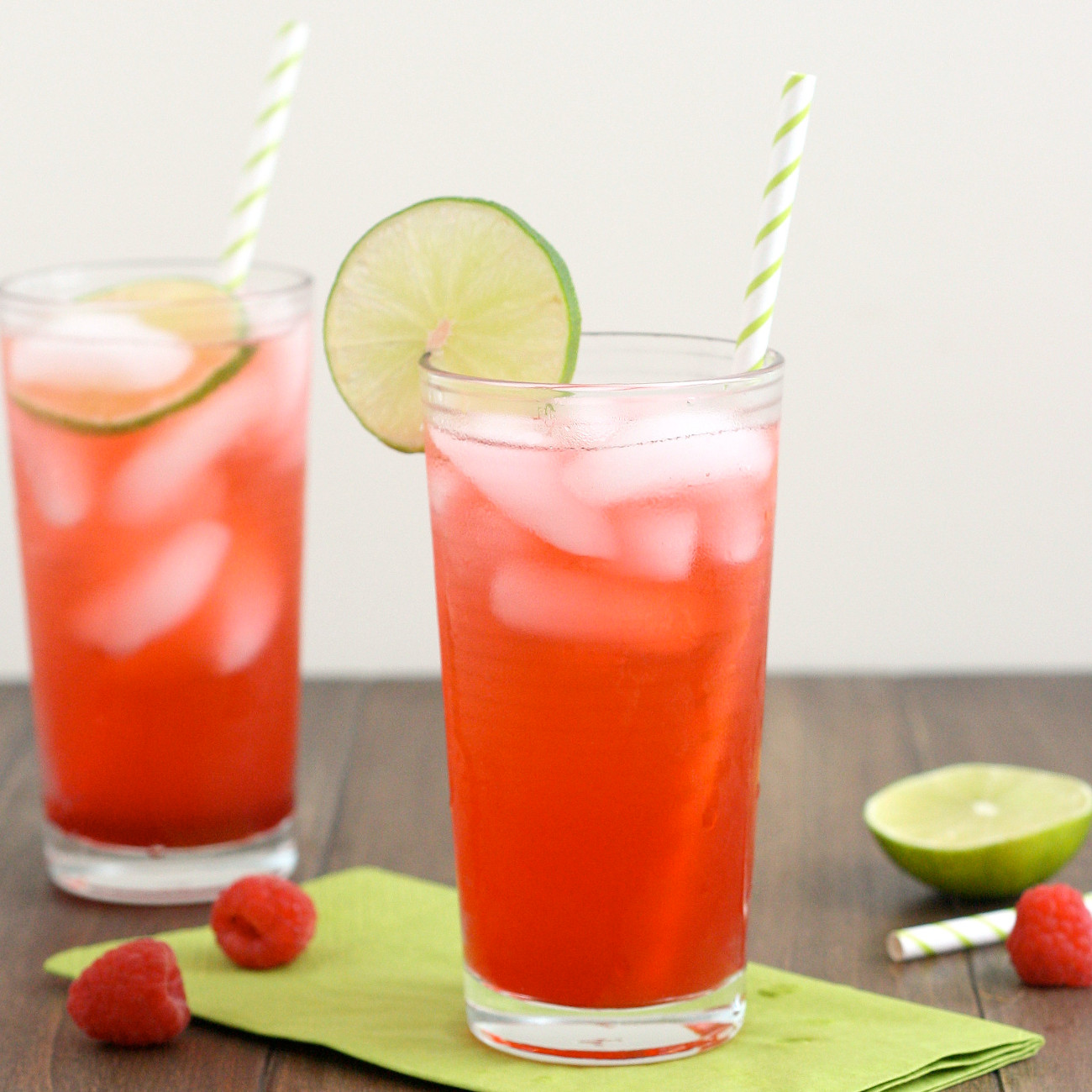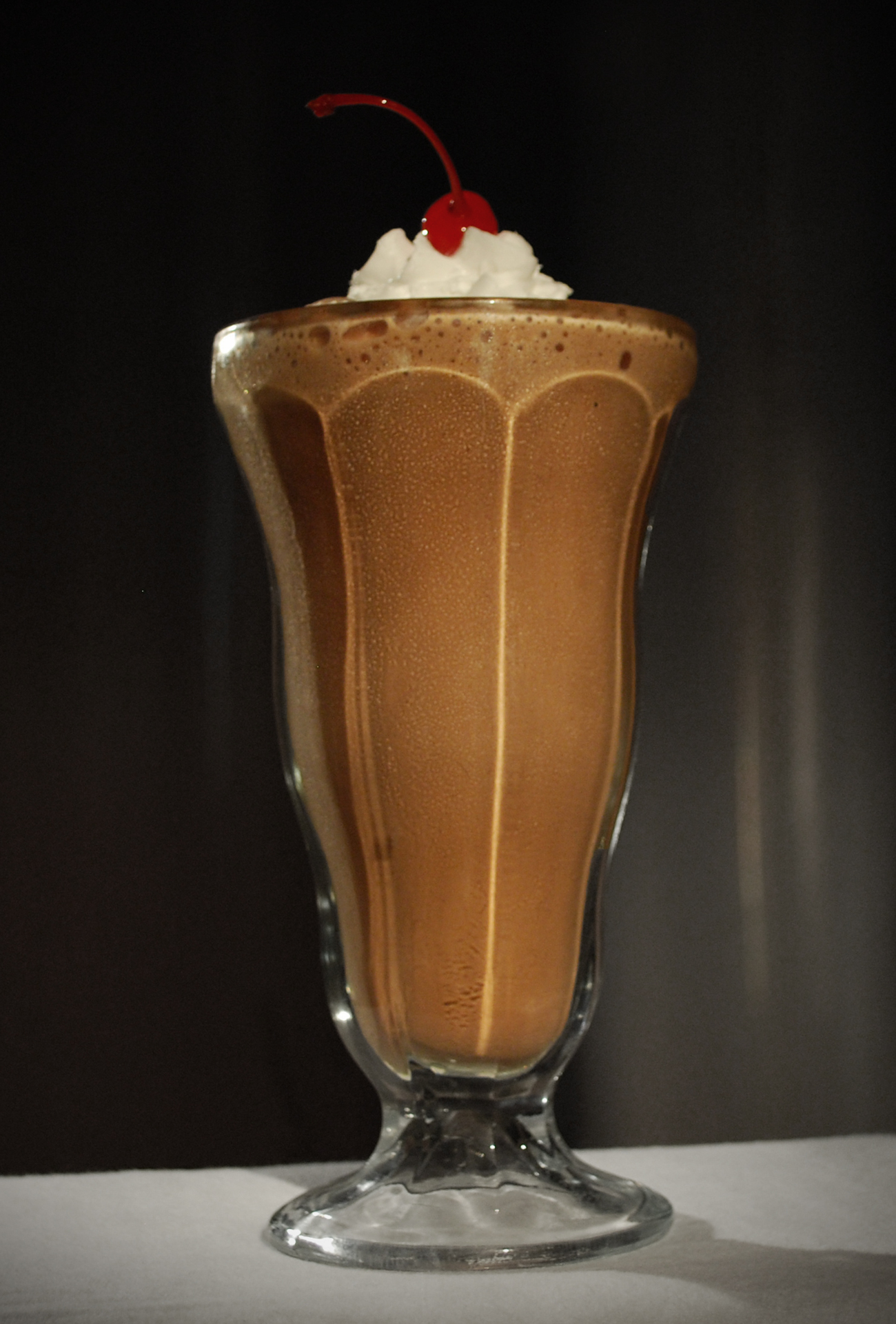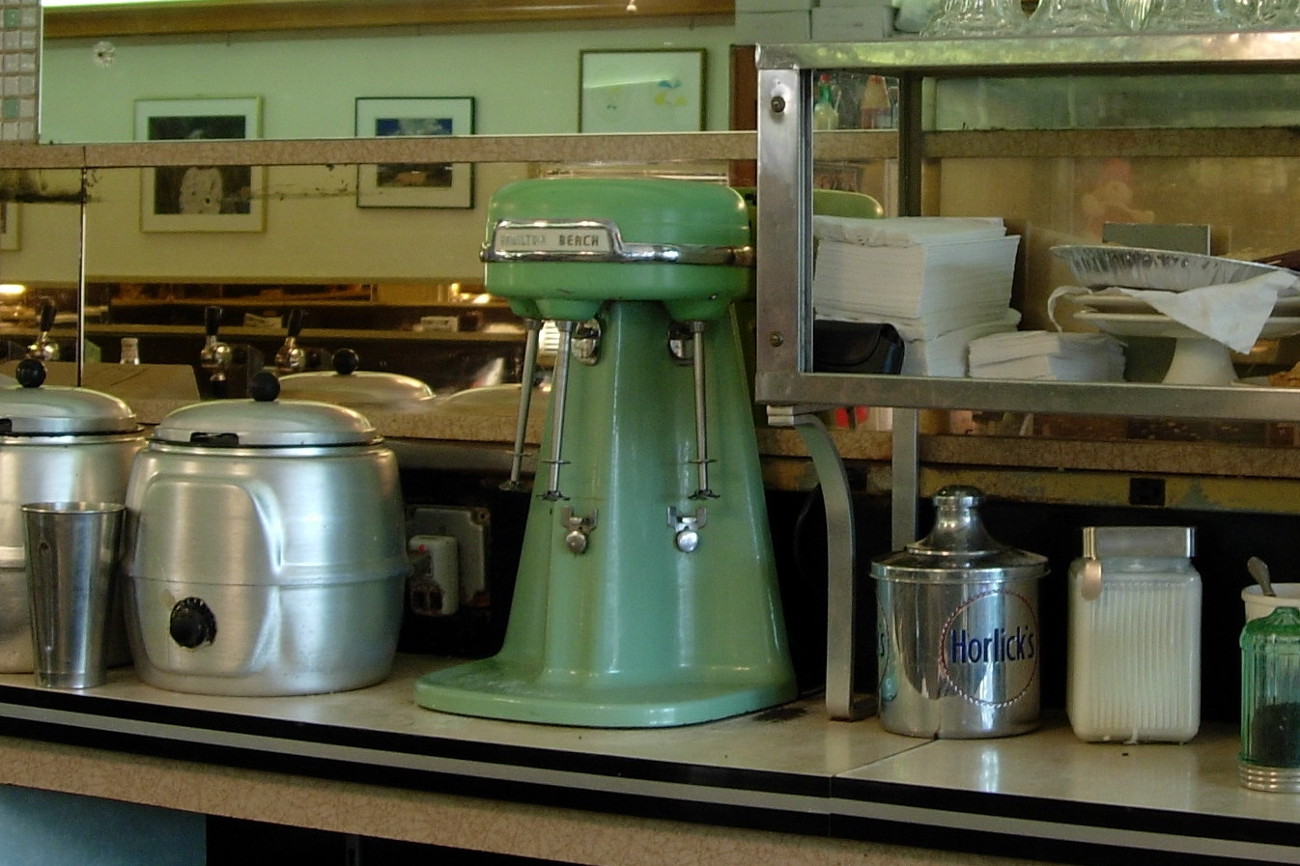There’s a huge hole in the world ice cream culture that never really was filled – soda fountains. These ice cream and soda businesses fell out of favor just as fast-food chains got a foothold in the American culinary landscape in the early 1950s. Before then soda fountains were unique haunts and colorful not just by the contrast of unhygienic practices (no use of soap to wash dishes) against the hygienic-whiteness of the soda jerks’ pharmacist uniforms, but the soda fountain jargon was a language unto itself. Going to a soda fountain and listening to the soda jerks rattle off the orders was like observing people who were freestyling a whole new off-branch of English, full of wit and humor. From the soda jerks, we got delicious drinks with even weirder names that have, for all intents and purposes, been lost to time and history. Though many recipes varied from soda fountain to soda fountain, some drink names remained the same, and here are just a few of the soda fountain drinks we seldom hear about anymore.
Black Cow

Pharmacies and later soda fountains were really medicinal places where people could order phosphates and drinks with purported health benefits. Root beer was a cure-all syrup sold at pharmacies, so it was only a matter of time before root beer was combined with other soda fountain ingredients – enter the Black Cow. Translating the drink into layman’s terms, the cow portion of the drink refers to ice cream, and the black coloring is a mixture of chocolate syrup and root beer. The unique sassafras flavoring of root beer sounds weird when paired with the chocolate syrup, but as you pour the root beer over the chocolate syrup and vanilla ice cream, the drink slowly mixes together, forming a creamy, rich, and zippy effervescent treat.
Lime Rickey

During prohibition in the early 20th-century, soda fountains filled the space that bars once held, bartenders became soda jerks; and it was during the 1920s that soda fountain culture exploded. Named after an alcohol cocktail, the Lime Rickey was the closest drink to a bar libation combining sweet simple syrup, sharp angostura bitters, and sourness of lime – the trifecta qualities of a cocktail – all mixed together, just minus the alcohol. Young boys ordered this cocktail mocktail drink to impress girls because when made classically, Lime Rickeys tasted more sour than sweet. After prohibition, soda fountains made Lime Rickeys more palatable by upping the amount of simple syrup or using sweet syrups like cherry or raspberry.
Twist It Choke It and Make It Cackle

The wit of soda jerks is loud and clear with this drink called Twist It Choke It and Make It Cackle. The Make It Cackle part meant that the drink had an egg in it. Shaking up an egg into a malted milkshake with chocolate ice cream and chocolate syrup makes for a very thick and rich drink. Double chocolate drinks were something of a common mainstay, and the milkshake combination would be called Shake One All of the Way.
Catawba Flip

At the soda fountain, there was a corresponding flavor for every popular fruit. These concentrated concoctions cut through the creaminess of milk or ice cream and these syrups added more sweetness to make these drinks into downright desserts. The nation is split about defining this drink but both names deserve to be noted: the Catawba Flip (or the Purple Cow) is a seltzer drink with grape syrup and vanilla ice cream. Some versions of this drink call for an egg, but the eggless version was equally popular, variations really depended on the soda fountain, so an egg-free Catawba Flip was still a legitimate version.
Phosphates

Phosphates were certainly one of the original soda fountain drinks but sadly you seldom see them anymore. If phosphoric acid sounds sort of dangerous to drink, then you’re right to think that! On its own, phosphoric acid is unsafe to drink and was made consumable only when blended with neutralizing salts like magnesium, calcium, or potassium. During its development in the 1860s, phosphates were used in health tonics and acted as substitutions for citrus, which were really only available in urban American regions. Unlike citrus fruits that had a balance of sweet floral notes, phosphates had a sharp sour punch without the sweetness, because of this contrast, phosphates became a popular soda fountain ingredient as they mellowed out some of the crazy sweetness of the ice cream or syrups.

Do you think these drinks are too far out or do they deserve to have a comeback?













